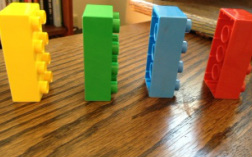
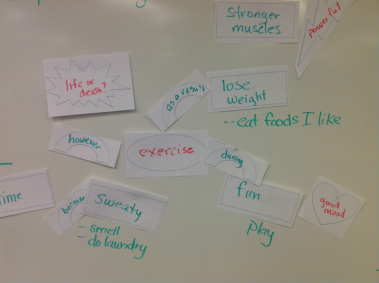
Next, I provided them with graphic organizer puzzle pieces. I modeled how one might plan for a cause/effect paper, including key transition words on the bridge shapes. Because we used puzzle pieces, instead of a static piece of paper, students were able to brainstorm first and then move pieces around to cluster their ideas. As a final step, they will put them into a sequence before they write their paper.
If you would like the graphic organizer puzzle shapes, email me at anne@ideasforeducators.com and I will happily send them to you!
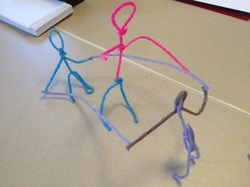
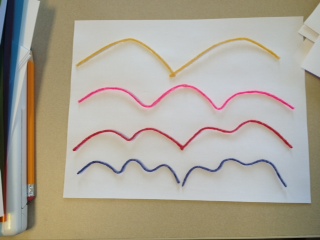
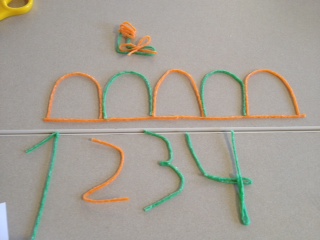
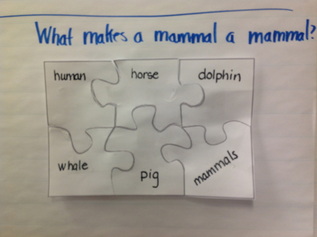
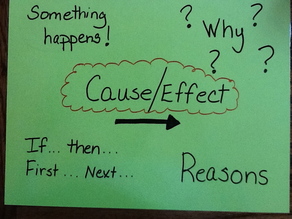
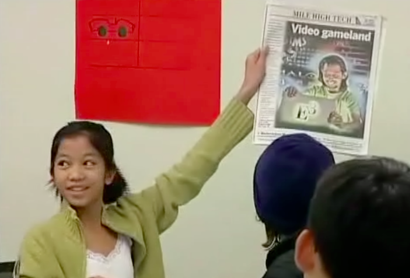
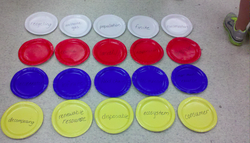
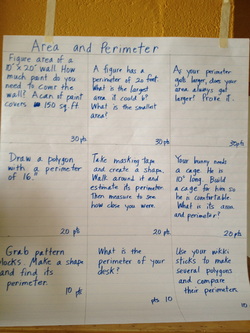
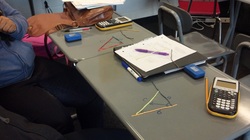
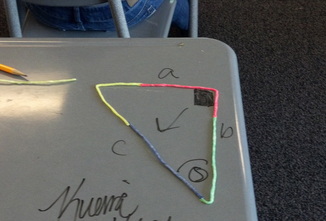
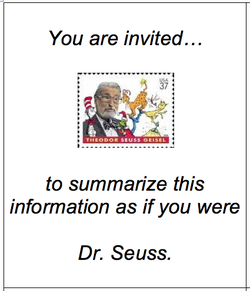
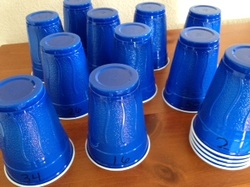
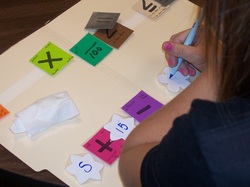
 RSS Feed
RSS Feed